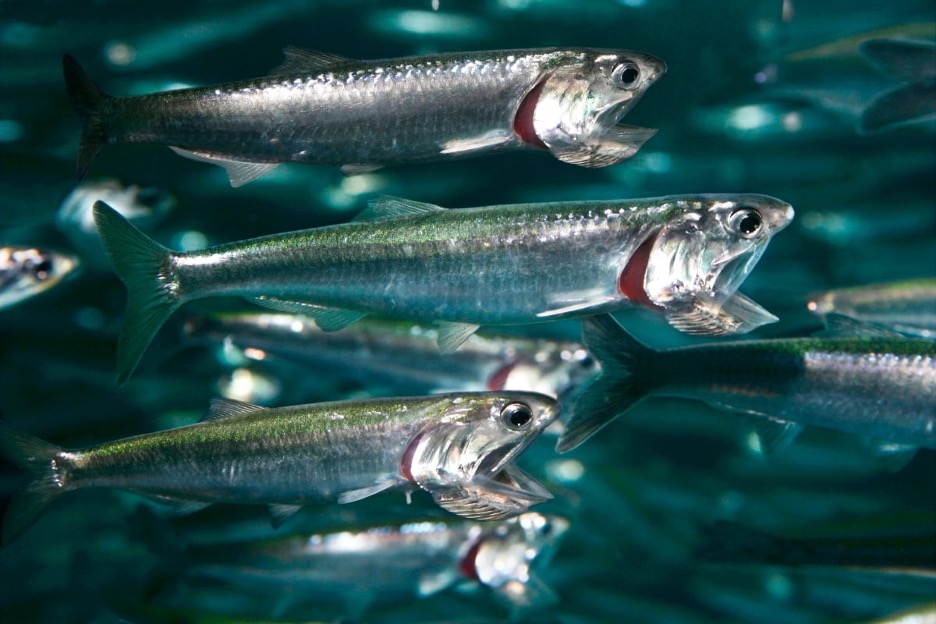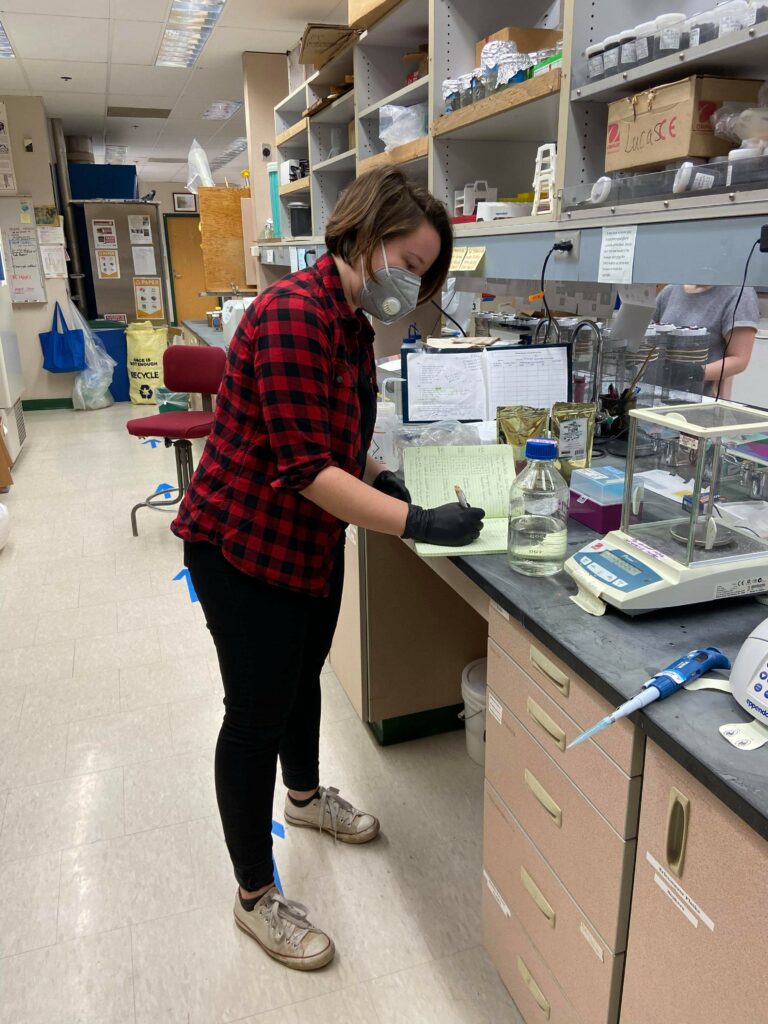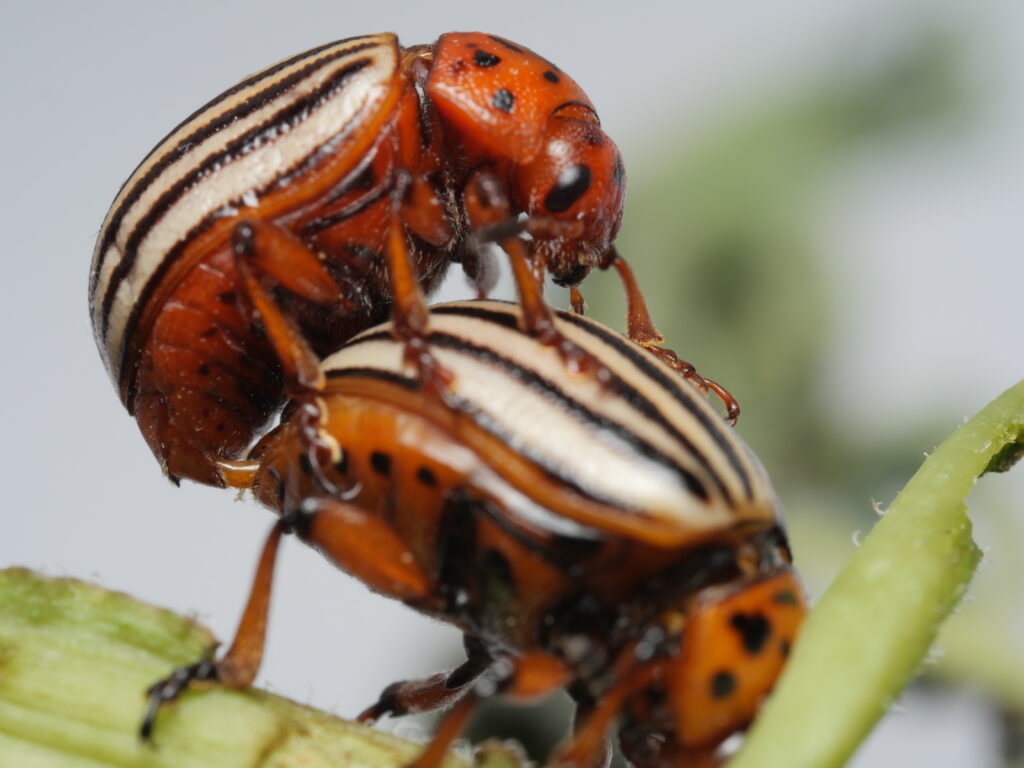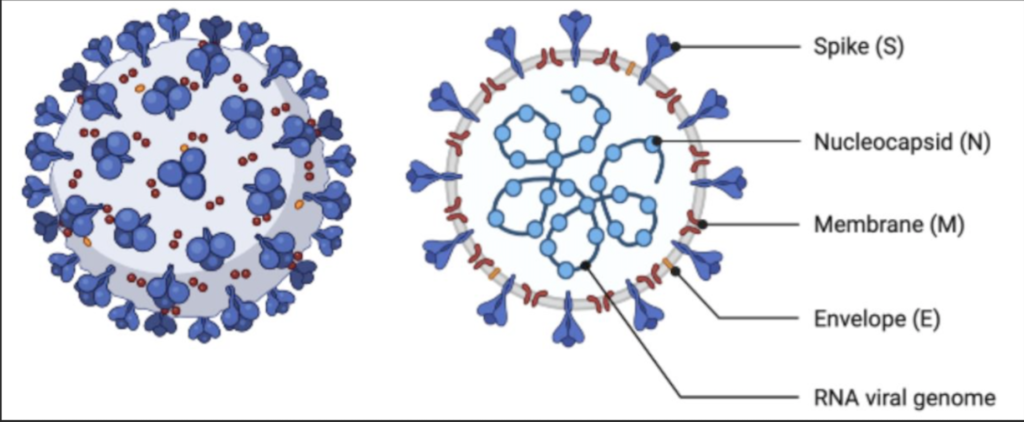Our next guest is Lauren Diaz, a fourth year PhD student in the Department of Fisheries , Wildlife and Conservation Sciences. Lauren is advised by Prof. Jim Peterson and focuses on the population dynamics of freshwater organisms.
Lauren studies rainbow trout, a widespread salmonid with important ties to recreational fishing and a complex life trajectory. The salmonid family of fish includes large species like Chinook salmon that are ecologically important food sources for both marine and terrestrial species including humans. Trout eggs hatch in freshwater but some juveniles undergo significant physiological changes and spend a large portion of their lifespan in the ocean before returning to the rivers to spawn. This ‘anadromous’ form of rainbow trout is called steelhead.
Lauren uses the Stanislaus River in California’s Central valley as a model system for understanding the impact of dams on the life histories of trout. The prominence of agriculture in the Central Valley has left its watersheds full of dams, irrigation systems and other human diversions. Monitoring fish populations throughout this complex network can be challenging due to a lack of standardization in monitoring systems. In response to this uncertainty, Lauren turns to computer simulations to shed light on the population dynamics of rainbow trout. Specifically, her simulations model the decision-making of individual fish in response to environmental stimuli. Lauren tweaks assumptions of the model such as the typical responses of trout to water depth, prey density, other fish, and tree coverage. In this way, population-level patterns emerge from a set of interpretable individual-level rules. Of particular interest to Lauren is the rate at which fish remain in the stream rather than becoming steelhead. Some preliminary evidence suggests that reduced seasonal fluctuations of water levels due to climate change could be suppressing the relative share of steelhead.

Lauren grew up in Miami, Florida, a place where encounters with tropical wildlife are part of everyday life. She was fascinated by reptiles and amphibians and became known as the “animal person” within her family and eventually studied herpetology during her undergraduate career at the University of Florida and a master’s degree at Clemson. An interest in hellbender salamanders, which live alongside rainbow trout in cool freshwater streams, led her to pursue the PhD at Oregon State. To hear more about her journey and research, tune in to KBVR 88.7 FM on Sunday, January 28th or shortly thereafter wherever you get your podcasts!











